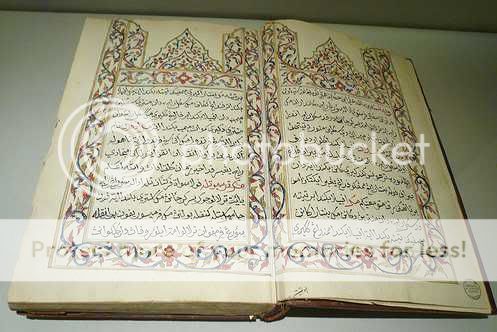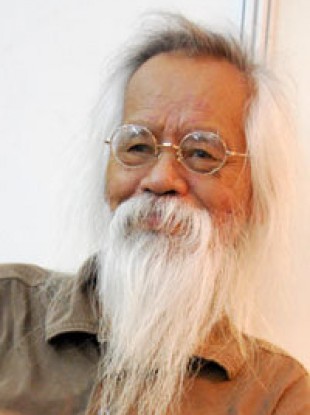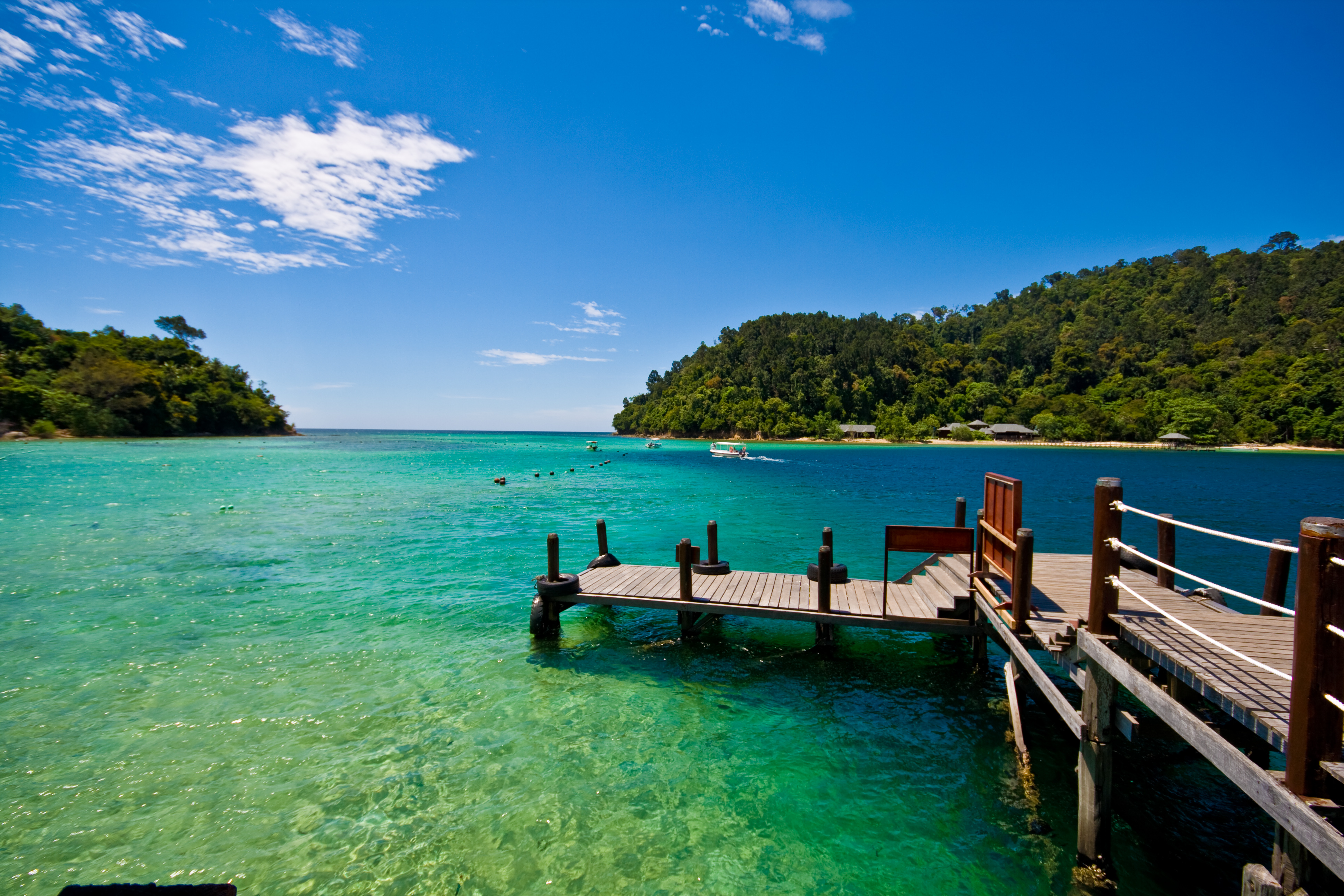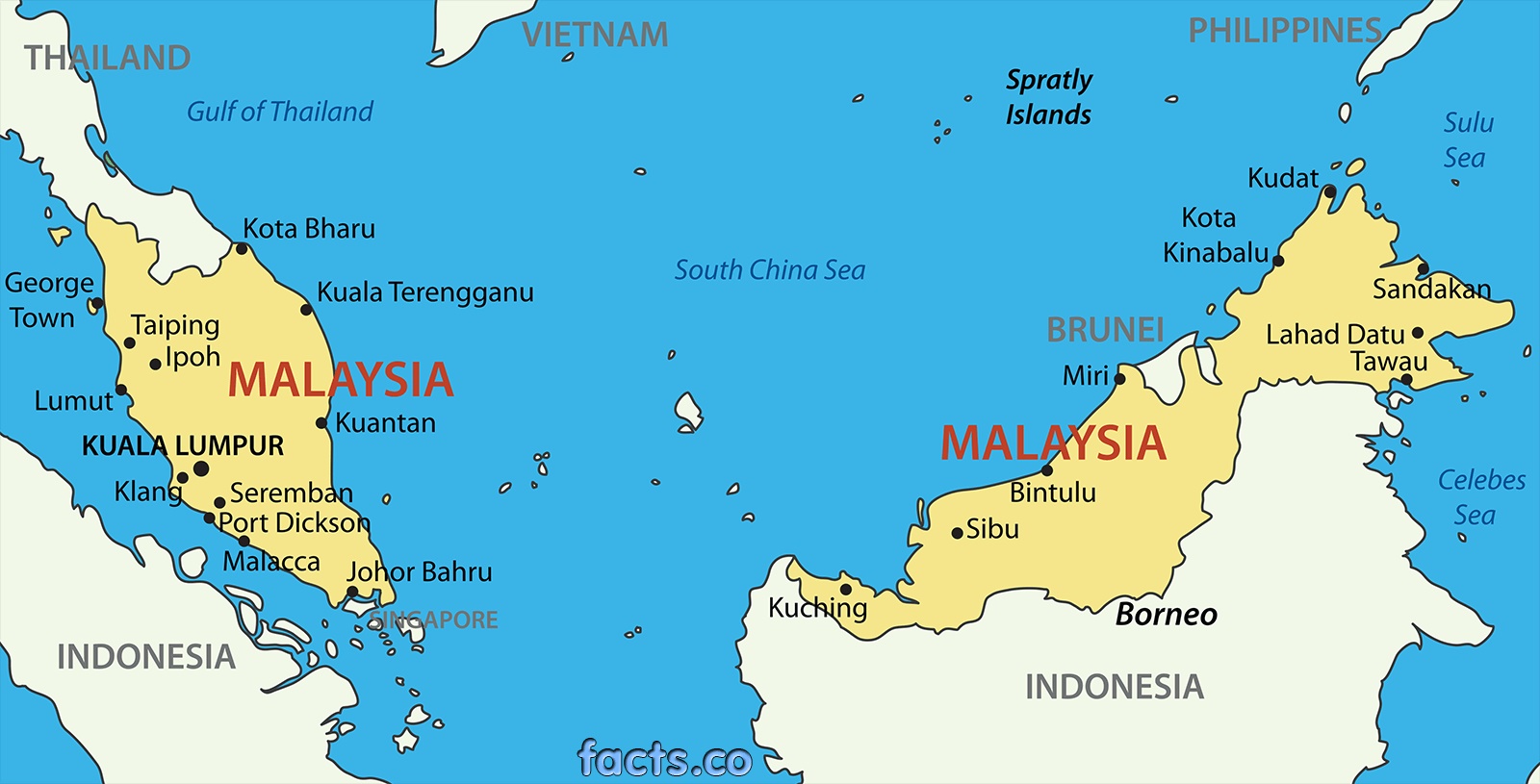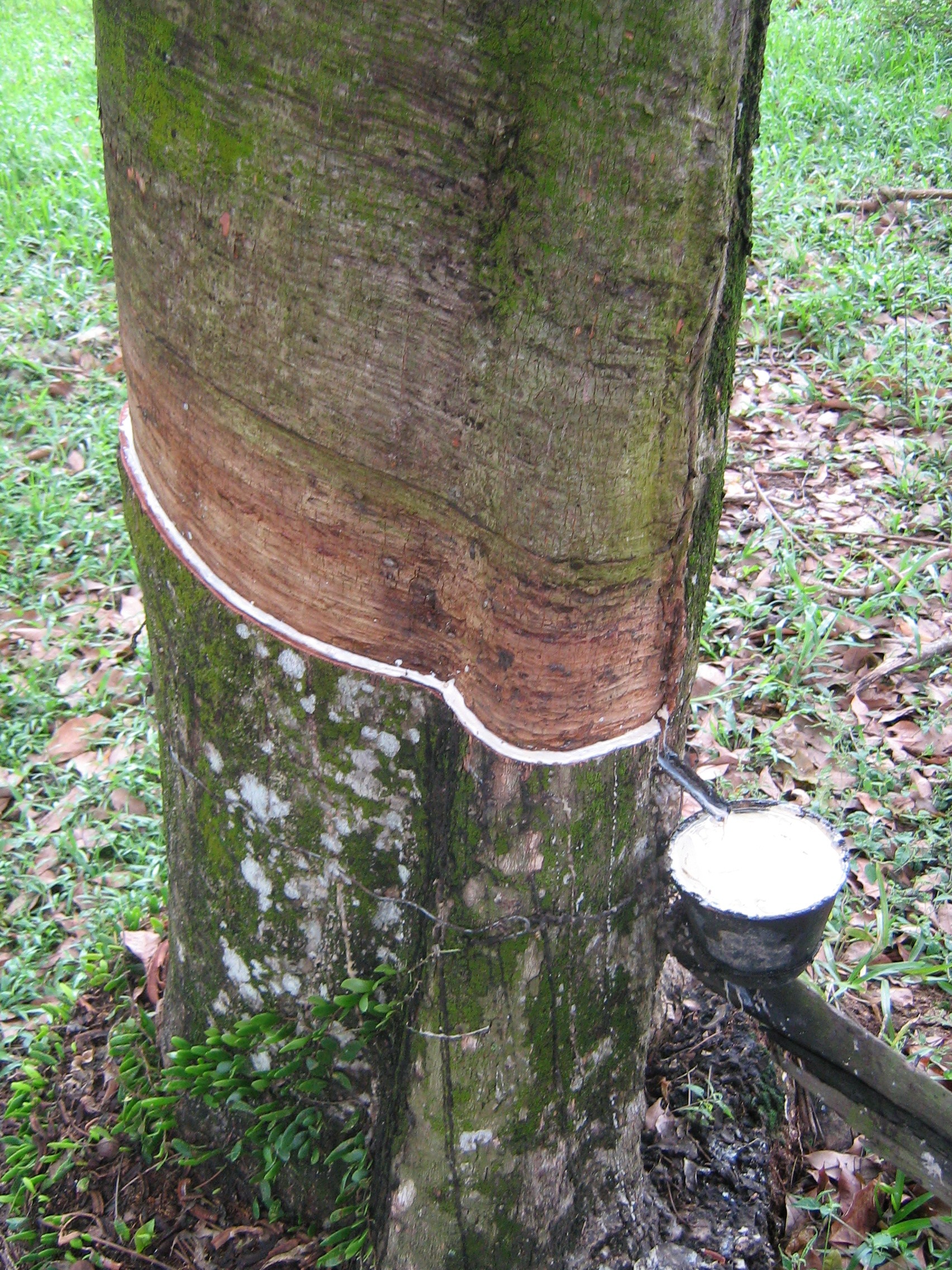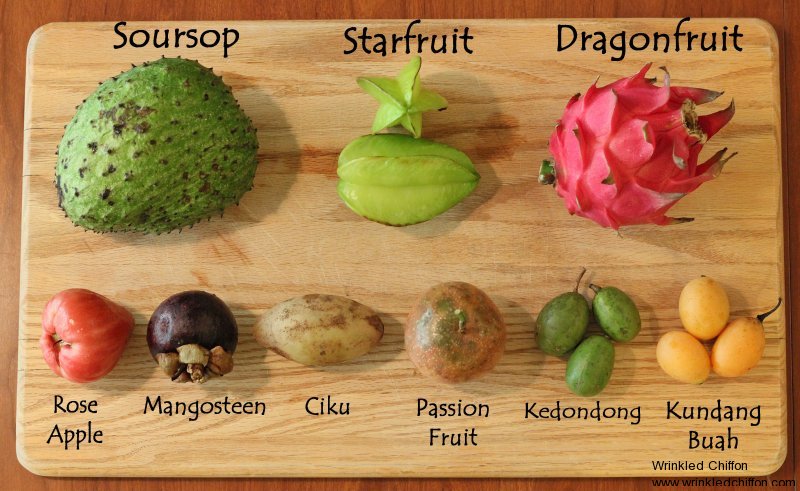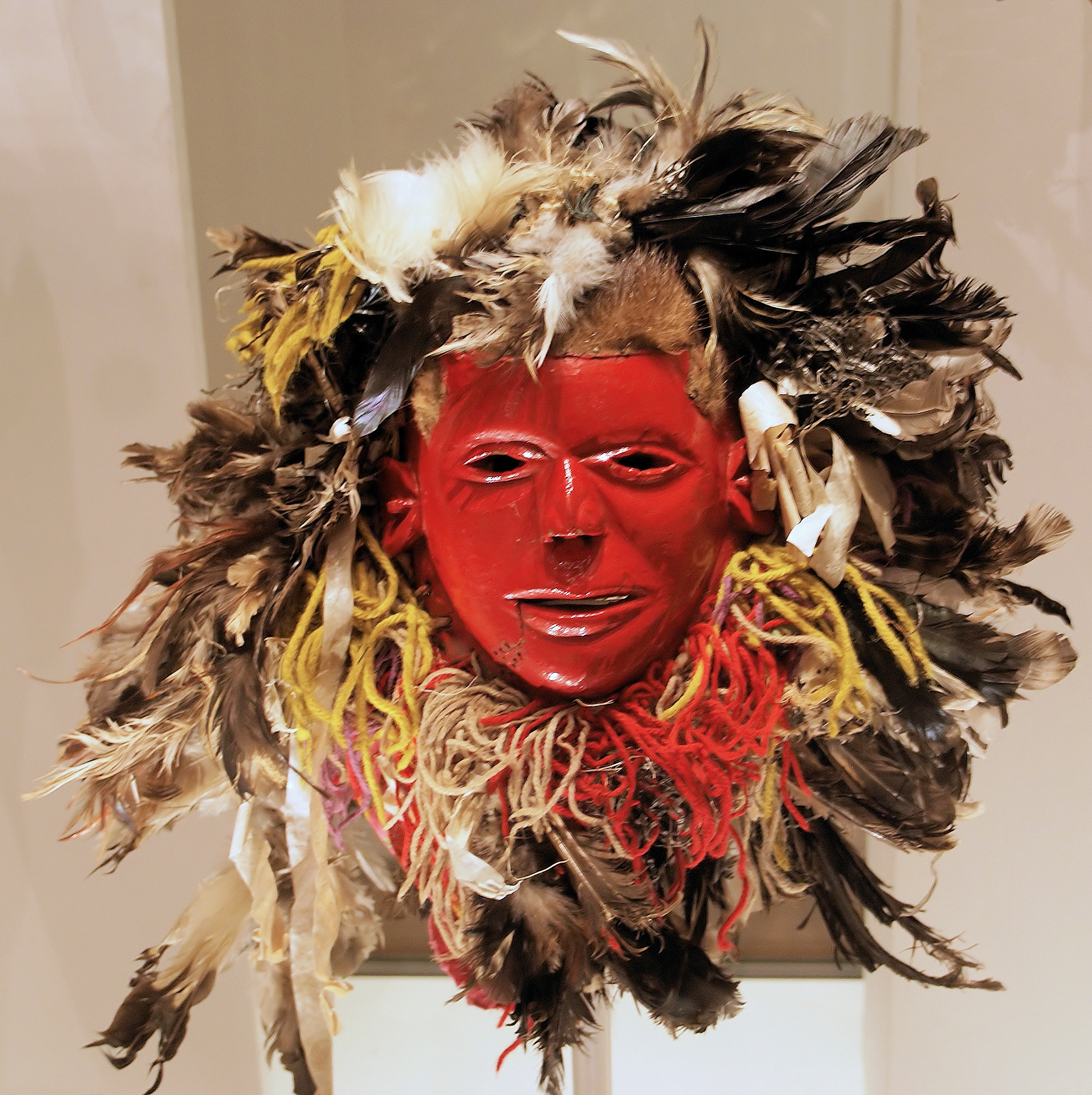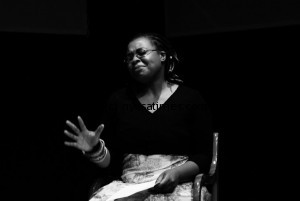So, it’s been a busy week with working, luncheons, my son’s animal biome project, and the annual Arts and Sciences Day that Center For Inquiry held yesterday. I’ve barely had time to just sit down and relax. But it sure beats having nothing to do and being broke. And the weather is finally warming up, which makes me very happy! You know what else makes me happy? Malaysian food.
 |
| Intensionally obscuring the edges: it tasted good, even though I have my doubts as to the authenticity. |
I kind of didn’t prepare for this as well as I
should have. There were some preparation things I needed to do that I forgot
simply because I didn’t read through my recipes closely enough before I got
ready. I started with the bread: roti canai. (I cut this recipe in half, so if
some of my measurements seem lik an odd amount, that’s why.) In a large bowl, I
combined 4 c of flour, ¾ Tbsp salt, 1 egg, 50 mL vegetable oil, 1 Tbsp
sweetened condensed milk, 1 ¼ Tbsp sugar, and about a cup of water. I mixed
everything together until it came to be a somewhat sticky dough. I divided mine
into four pieces and rolled these into balls. Then I took just a little bit of
ghee and rubbed the outside of the dough balls, covering them in plastic wrap.
Now, here’s where I messed up. They’re supposed to rest for 8 hours, but if I
were to do that, I’d be making these as I was putting the kids to bed. So, I
let them rest for 4 hours and hoped it was ok. When the resting time was
“over,” I took each piece and spread it out with my hands until it was pretty
thin, but not thin enough to tear through. I got a little confused as to what
the directions were saying, but I think it’s probably ok. Using some ghee on my griddle, I fried
each side until it looked browned (and blackened). For the most part, it didn’t
puff up like I think it was supposed to. But the ghee gave it a nice flavor. It
certainly went well with the rest of the meal. So, it served its purpose and is
living nicely in my belly.
 |
| This goes with the roti canai like Sonny and Cher. |
A common side dish eaten with the roti canai is
dhal curry. This is basically lentils in curry sauce. I soaked my red lentils
for about an hour. I drained my lentils then put them in a pot with 2 c of
water and a little turmeric powder. After bringing it to a boil, I turned the heat
down and let it simmer for about 30 minutes, keeping an eye on it so that it
doesn't cook all the way down and burn the lentils (I have a bad habit of doing
that). Then I fried my onion until it was soft before adding in my ground
mustard, ground cumin, ground coriander, ground turmeric, and curry leaves (I
didn’t find curry leaves, so I used a little basil with a dab of lime zest
instead). After cooking this down for a minute, I poured in my lentils with a
little more water, letting it simmer for 5 minutes. I seasoned this with a
little salt at the end. I liked this, and I thought it went well with the
bread. My husband didn’t like the texture, but I thought it was fine. He’s
weird, though.
 |
| Clearly my favorite part. I'm not even sure there's much left for my lunch tomorrow. |
Our main dish for today is Malaysian Beef Rendang.
It’s a dish common in Indonesia, Thailand, and other nearby countries, and each
country has their own slight variations. I started out by toasting my coconut
flakes in a dry skillet until it was fragrant and turned golden brown. Then I
set them off to the side. Using my blender, I mixed my onions, minced garlic,
dried chilies, ground ginger, and chopped lemon grass with a little bit of
water to blend it into a paste-like consistency. (Ok, so here’s what really
happened: I TRIED to use my blender, only to find out it died. Thinking
quickly, I put my ingredients in my coffee grinder, and it did a fabulous job!
Thank you, coffee grinder. You saved the day.) I fried this onion paste in a
little oil for a few minutes. Then I added in my ground spices: nutmeg, cumin,
and coriander. After letting it sauté for a few minutes, I added in my stew
beef that I cut into small pieces and cooked until the meat was browned.
Finally, I added in the sugar, coconut flakes, cloves, cinnamon stick, coconut
milk, and some more water, letting the dish simmer until most of the liquid is
gone (about 35-45 minutes, my heat was too high, so it cooked faster than I
would have liked). Before serving this, I made some rice to put this on because
I thought that it might be better that way. And it was. I loved this. I’m
always worried about meat cooked down in sweet spices, but this one was great.
The coconut was pretty mild in the end but definitely there. I thought it was
wonderful.
 |
| Who doesn't love papaya (besides my daughter)? |
Finally, I wanted something to balance all of this,
so I bought a papaya. I had always served papaya freshly cut up and nothing
more (except serving it with other fruit). But in Malaysia, they like to add
some lime juice to it. I had tried to find a starfruit, but for some reason, I
couldn’t find one anywhere! Maybe they’re not in season? Maybe something
happened to the crop this year? Who knows? But I also read that they like to
dip their starfruit in salt, and I wanted to try it that way. I wonder if it
has a “melon effect,” where the salt actually brings out the sweetness of the
fruit since starfruit is kind of sweet and bitter at the same time (at least,
in my opinion). But alas, I will have to try to another day. I actually kind of
liked the papaya with lime juice, but I may have used a little too much for my
liking, but it was still good. Even my husband liked it.
 |
| A very good meal. I loved it all! |
I learned a lot about this country that I didn’t
know before. I think it might get pushed closer to the top of our list of
countries we want to retire to. Or at least visit. But I’m afraid that if I
were to visit there, I might not want to leave. I’d just travel around the
country eating and listening to music. I think it sounds like a plan to me. The
$1.37 in my pocket will barely get me to the corner store down the street. I
should probably start saving.
Up next: Maldives





